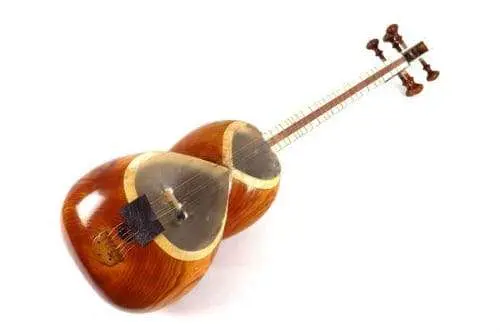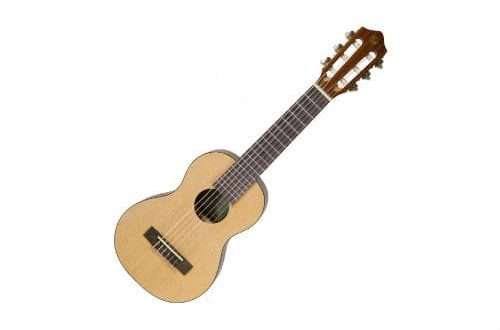
Tar: description of the instrument, structure, sound, history, use
Contents
The musical instrument tar, widespread in the Middle East, received the greatest recognition in Azerbaijan. It is basic in the folk music of this country, sets the general trends in writing Azerbaijani musical works.
What is tar
Outwardly, the tar resembles a lute: wooden, has a voluminous body, a long neck, equipped with strings. It belongs to the group of stringed plucked instruments. It strikes with a wide range of sound (approximately 2,5 octaves), which allows you to perform complex musical works. It is often a solo instrument, less often an accompaniment. Present in orchestras.
The sounds produced are juicy, bright, timbre-colored, melodious.

Structure
Parts of modern models are:
- Chassis. Combines 2 wooden bowls of different sizes (one larger, the other smaller). From above, the body is covered with a membrane of animal origin or fish skin. Case material – mulberry wood.
- Neck. The detail is thin, with stretched strings (the number of strings varies depending on the type of instrument). Production material – walnut wood. The neck is equipped with frets fixed with wooden pegs.
- Head, with pegs located along the surface.
History
The exact date of creation of the national Azerbaijani favorite is unknown. The name is presumably Persian, meaning “string”. XIV-XV centuries – the period of the highest prosperity: modifications of the instrument flooded Iran, Azerbaijan, Turkey, Armenia. The appearance of the ancient object differed from the modern one: in overall dimensions, the number of strings (the original number was 4-6).
The impressive dimensions did not allow to feel relaxed: the musician sat hunched over, holding the structure on his knees.
The father of the modern model is considered the Azerbaijani Sadykhdzhan, a fan of the tar, who owns the Play on it. The craftsman increased the number of strings to 11, expanding the sound range, reduced the size of the body, making the model conveniently compact. It became possible to play standing, pressing a miniature structure to the chest. Modernization took place in the XVIII century, since then nothing has changed.
Using
The instrument has a wide range of possibilities, composers write whole works for it. Mostly, the musician solos on the tar. He is also part of ensembles, orchestras performing folk music. There are concertos written specifically for tar with an orchestra.





